|
Word problems are challenging for many people, not just kids. It is important that we teach some strategies for solving word problems so that our students will be able to solve problems that come up in the real world, not just the classroom. What are word problems and how do we solve them?Word problems are questions that are needing answers. They usually have some math element and require an understanding of the language being used and the questions being asked. Then the answer can be determined. The first step is to figure out what questions are being asked. Once the questions are identified, the next step is to look at the problem and see what information has been provided. This information will help when looking for the answer. Often it is suggested that we look for keywords in the problem. Although this can sometimes work, keywords are not always helpful because they could have a different meaning in this context. Many word problems have more than one step. If we look at the problem and start with what we know and what we want to find out, this will help us to figure out the steps. Introducing word problemsWhen introducing word problems, keep them simple. Start with simple, one step problems that require basic addition or subtraction. Once kids understand the process, you can make them more complex. Muti-step word problems will require lots more practice. It is important to understand how to use the information given and the questions being asked in order to figure out the different steps to take. Start with small numbers and only a couple of steps and gradually increase the size of the numbers and steps. Differentiation will be key as some children will require more practice to be able to solve the problems. By using the same model with smaller numbers and fewer steps, everyone will have the chance to be successful. Don't forget to provide opportunities for those that need more of a challenge as well. I have found that practical applications help. If kids have a reason to learn something and you can relate it to something in their world, they are more likely to "get it". I created a set of money word problems for my students when we were creating our money lessons unit. You can check it out here if you want to see more. I was tutoring a young girl in French and we created a menu and some task cards together. I translated it into English as well. If you would like a copy of the English version, click the image below. There you have some of my thoughts and suggestions for helping your students with word problems. If you have some other ideas or strategies that have worked well, let me know in the comments.
Don't forget to grab your free copy of the money word problems here.
0 Comments
Multiplication is a difficult concept for many children to grasp. Drills are one way to learn, but multiplication strategies will work better. Relating multiplication to what is already known will really help. A simple place to start is by thinking of it as repeated addition. Strategies To Visualize MultiplicationThere are many ways to visualize multiplication. We can use circles and add an equal amount of objects into each one to see that it is grouping things together. We can use arrays so that we can see the equal rows and columns. Again, we are looking at equal groups, just in a different set up. We can also actually share objects between people, one for you, one for you, one for you, and so on. This way it is easy to see that they are equal. The number of objects times the number of people equals the total number of objects. This could also be a good way to visualize division as the objects are actually being divided equally among the people. Memorizing multiplication facts used to be the way kids were taught to use multiplication, but many kids didn't understand how this worked and they found memorizing difficult. It is helpful to know multiplication facts, but by also adding some strategies, if they get stuck or don't remember one of the facts, they can still solve the problem. Sometimes we need to simplify situations so that they make sense. We can't just share an algorithm and expect everyone to be able to do it correctly. I worked with some grade 5 students that were really struggling with math. They were so confused that they were unable to do the work given in class. We went right back to basic addition facts and how to do addition with larger numbers using some strategies that made sense to them. Once they felt confident with this, we moved on to simple multiplication questions. If multiplication is like repeated addition, it makes sense that they would need to have a solid understanding of addition before moving on to multiplication. After working on some strategies for single digit multiplication questions, we attempted to do 2 digit times 1 digit questions. By applying the strategies from addition and expanded notation, this process was successful. They were able to see it visually and it finally made sense. What multiplication strategy should I use?It is important to remember that not everyone uses the sames strategies to figure out the answer. Just as we all take different routes when we travel to school or downtown, so people take different routes when they solve math questions. As long as the route works and gets you to your destination, that is great. If you have difficulty because you took a wrong turn, it is important to correct that and redirect you. This means that you need to be able to explain your thinking process. I always encourage my students to tell me the route they took. When I was working with a group of 5 students, it was interesting to hear all the different ways they took to get to their answers. What was especially good, was that the others listened and realized that they didn't have to take the same route, but also, that sometimes the route someone else took might be a better route to try next time. When the route didn't work out, sometimes one of the others was able to explain how to get back on track. This was very exciting. It meant that they were getting it and that they were able to share what they had learned with others. After practicing strategies for awhile using visuals, it is important to be able to move to a more abstract model. We don't always have materials available to make a visual model. In real life situations, we need to be able to figure things out either mentally or with paper and pencil. This is where the strategies really are useful. I created a resource that shows some of the strategies and how to use them. If you are interested in checking it out, click the image. I tutored a couple of girls with these strategies, and it was amazing to see the growth and confidence they had after working with them for awhile. The following year, they went to middle school and the teacher started to give them more difficult material to work with. At first they were confused, but as we broke the material down and looked at it, they were able to see that it was the same process only with larger numbers. The teacher gave them the traditional algorithm to use and this actually confused them because it wasn't explained. They tried to follow the example but didn't understand what was really happening. When we broke it down and used the strategies they had learned, they figured it out and then they were able to actually use the algorithm. One thing I did tell them was, if you don't get it, use the strategies you know. It may take more space, but it will get you to the right answer. They took this advice and they were able to get through the material. Not every strategy works with every person. It is important to try them and figure out which ones are the best fit. This will provide a set of tools for real life situations. I hope this has given you some ideas for ways that you can help your students to feel more confident and successful with multiplication. Here is a simple resource that will help to remind you of some of the strategies to choose from. I hope these tips help with teaching your students multiplication. Don't forget to grab your copy of the strategies reference sheets by clicking the image or here. Related Posts
Spring is here, and it is time to think about Earth Day activities and what we can do to protect our Earth. During the pandemic, there has actually been some positive impact on the environment. Fewer people are driving, so less smog. People are staying home and cooking more meals, so less fast food packaging waste. That doesn't mean that all is well though. We still need to continue to focus on ways to reduce, reuse, and recycle. What we do now will make a difference in the future. If each household makes a commitment to do even one thing they weren't doing up until now, imagine the difference it would make. Children shouldn't underestimate their effectiveness in getting the message across to others. I remember our children coming home from school and suggesting changes to what we were doing. Now that they are grown, they continue to do some of the same things and encourage their own children to do the same. Here is an activity that I did with my grade 2/3 students one year. The theme was "WE TAKE CARE OF OUR WORLD" and each child was to choose a way that they could make a difference, draw a picture, and add a title or labels. We used them for a bulletin board display, and later on, we created calendars with them. We called it "Power of R Calendar". Check out the images below. It might be an activity that your students would enjoy doing. Here is a sampler from my Earth Day Math activities resource. Click on the image to get your copy. If you are interested in the full package of math activities with an Earth Day theme, check it out in my TeachersPayTeachers store. Have fun with your kids as you study about ways to protect our earth.
When we think of teaching measurement, we often think of it as 2 different parts: non-standard measurement and standard measurement. Today I would like to take a look at both of these parts. Non-standard MeasurementNon-standard measurement is measuring using everyday objects as the unit of measure. It is often used for measuring lengths of things. Familiar objects are often used. Most classrooms have a variety of objects available to use. Here are some of the ones I used: blocks, links, erasers, pencils, paper clips, popsicle sticks, and straws. Although these objects can give us a number of units of length, since they are of different sizes and shapes, the answers can vary. They also are limited to measuring short distances because of the number of units required. Standard MeasurementStandard measurement uses units that are standard around the world. They may be measured using customary measuring units, imperial measuring units, or metric measuring units. Standard measurement of length is usually done with a ruler for shorter objects and a measuring tape for longer objects or distances. When measuring short distances, we use a ruler that has 12 inches or 30 cm. When measuring longer distances, we use a yardstick or a metre stick. Other instruments would be needed if measuring longer distances such as miles or kilometres. Measuring MassFor measuring mass, objects can be used for non-standard measurement. For example, marbles could be placed on one side of the scale and the object being weighed on the other side. Marbles would be added until the scale was even on both sides. Then the number of marbles used would be counted and that would be the mass of the object. Since not all marbles or other objects have a defined weight, this would be fine for a classroom activity, but the results might not be the same for each person. For measuring mass using standard measurement, weights of determined size would be used or a calibrated scale would be used. For smaller items, a kitchen scale would work. It would weigh things in ounces or pounds for customary measurement, and grams or kilograms for metric measurement. For larger items or people, a bathroom scale or a scale such as the one used at airports would be needed. This would weigh in pounds or kilograms. Measuring VolumeWhen measuring volume, non-standard measurement is not as common, but it can be used. The idea is to see how many objects would fit into something to fill it. Cotton balls, marbles, blocks, or similar items could be used. Usually we measure volume when using liquids, or ingredients for baking or doing science experiments. It is best to use standard measurement for these situations. In customary measurement, it is usually measured in cups, portions of cups, tablespoons, teaspoons, half teaspoons, quarter teaspoons. Liquid measure could also be in ounces, quarts, and gallons. In metric measurement, it is usually measured in millilitres. Liquid measure could also be in litres. Measuring TemperatureTemperature is measured in standard measurement. It is measured using the Fahrenheit (°F) scale or the Celsius (°C) scale. Depending on what is being measured, one of these scales is used. For customary measurement, the Fahrenheit (°F) scale is used. For metric measurement, the Celsius (°C) scale is used. In some cases both scales might be used. For example, I use metric for outside temperature, but customary for baking. Starting out with non-standard measurement with young children works because they don't need to learn all the terms right away, but it is important that they start to use standard measurement and become familiar with the units used once they have explored and had hands on experience to understand the concepts of length, mass, and volume. One of the ways I introduced the ruler and the term feet to my students was by having different children count footsteps along a given line to see how many feet it was. I made sure to choose children with varying foot sizes so they would get different answers. Then we discussed building a fence and going to buy the lumber. We talked about how the fence would be a different length depending on who's foot was used. Then, I introduced standard measurement. I talked about how the ruler we use is one foot long (or in metric situations, about 30cm). If everyone used the same ruler length, the fence would be one standard length. When teaching about mass and volume, baking examples or science experiment examples could be used. It is important to make connections to real situations so that they understand why they are learning about things. It is also important to give them opportunities to use the standard measurements and get practice using the terms as well. Check out this blog post for real life activities that use measurement. Here is a little measurement booklet that I made for you that might help your students with understanding the difference between non-standard and standard measurement. I have also created a measurement activity using non-standard objects. You can get your free copy here. If you would like to have some fun with using non-standard measurement in some team activities, check out this resource. If you are looking for other measurement resources, check out the measurement category in my TeachersPayTeachers store. So there you have it. These are some of the ways that I have taught measurement in my classroom and some of the activities that I have used. I would love to hear how you teach measurement in your classroom. Let me know in the comments.
Don't forget to get your free measurement booklet and activity. Kids love to play with blocks, build structures, and experiment. 2D and 3D geometric shapes and solids activities are perfect for this kind of experimentation. They allow for creativity while also teaching important skills and information about how they can be used. What are 2D shapes?2D shapes are closed figures that are flat surfaces that may have edges and points (vertices). A circle doesn't have vertices, but it does have a flat surface and it is a closed shape. Although pattern blocks are not really 2D, we often use them in activities that are 2D and we refer to them as 2D shapes. Kids love to use these blocks to create patterns and then count the number of each shape used. Some of the most common shapes are circles, squares, rectangles, triangles, and trapezoids. It is fun to learn about the different shapes and also how to identify them in our environment. What are 3D solids?3D solids are closed figures like the 2D shapes with flat surfaces that may have edges and points (vertices) but they have another dimension, height. A sphere is an exception because it doesn’t have any flat surfaces or edges or points, but it has a curved surface and depth. A cone has edges, a flat surface, a curved surface, and a point (vertex). Because of the different combinations of edges, vertices, and curved surfaces or flat surfaces, the characteristics are different from those of the 2D shapes. Some solids can roll, some can slide, and some can do both. Some common 3D solids are spheres, cones, cubes, prisms, pyramids, and cylinders. Here are some posters that give the attributes or characteristics for some 3D solids. How characteristics affect creating structuresIt is always fun to try out different objects to see if they roll, slide, or do both. Also, how many times have you tried to balance something on the point of a cone or pyramid? Depending on the shapes, different structures can be created. Here is a resource I created that tests out some of these things. Sampler activities and other resources for geometryI have created a geometry scavenger hunt activity and a sampler bingo game for you. You can get your free copy here. Our environment is made up of many different shapes and solids. It is fun to try to identify the different shapes or solids that are around us. There are many opportunities to explore and learn about geometry around us. Check out some more ideas here. For more practice with the different 2D shapes and 3D solids, check out my geometry category in my TeachersPayTeachers store. I also have some resources for those who are doing distance teaching and require online resources. So there you have some ideas, activities, and resources to help your students explore 2D and 3D geometry and have fun along the way. I would love to know if you have any other favorite activities that you enjoy doing when teaching geometry. Don't forget to grab your free copy of the scavenger hunt and bingo sampler here.
|
About Me Charlene Sequeira
I am a wife, mother of 4, grandmother of 9, and a retired primary and music teacher. I love working with kids and continue to volunteer at school and teach ukulele. Categories
All
|



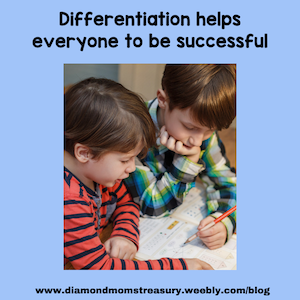






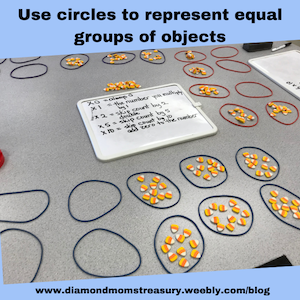







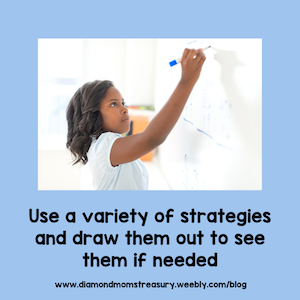


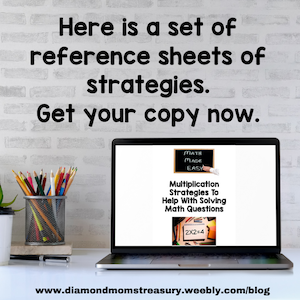






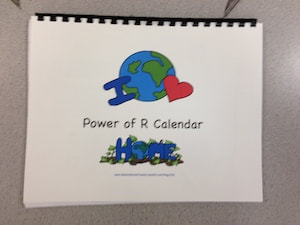

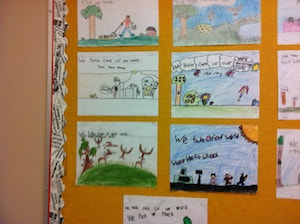
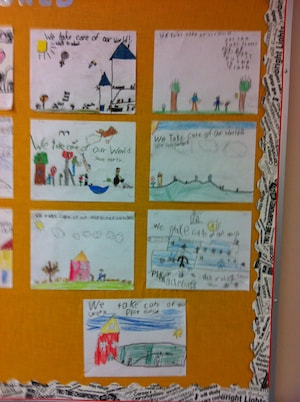
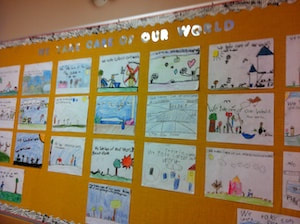







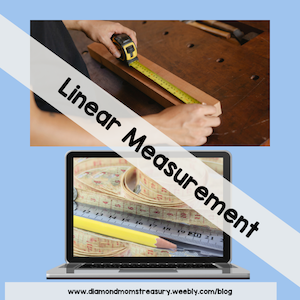







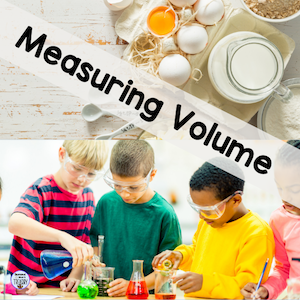













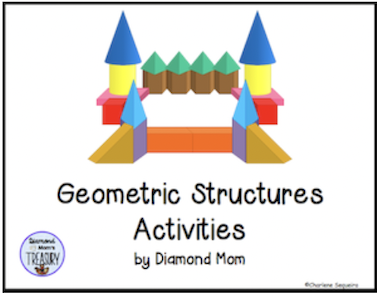
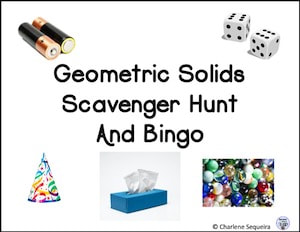

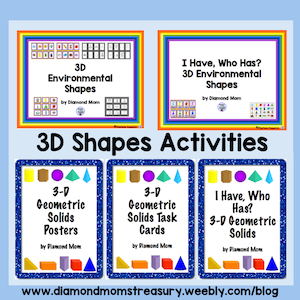








 RSS Feed
RSS Feed